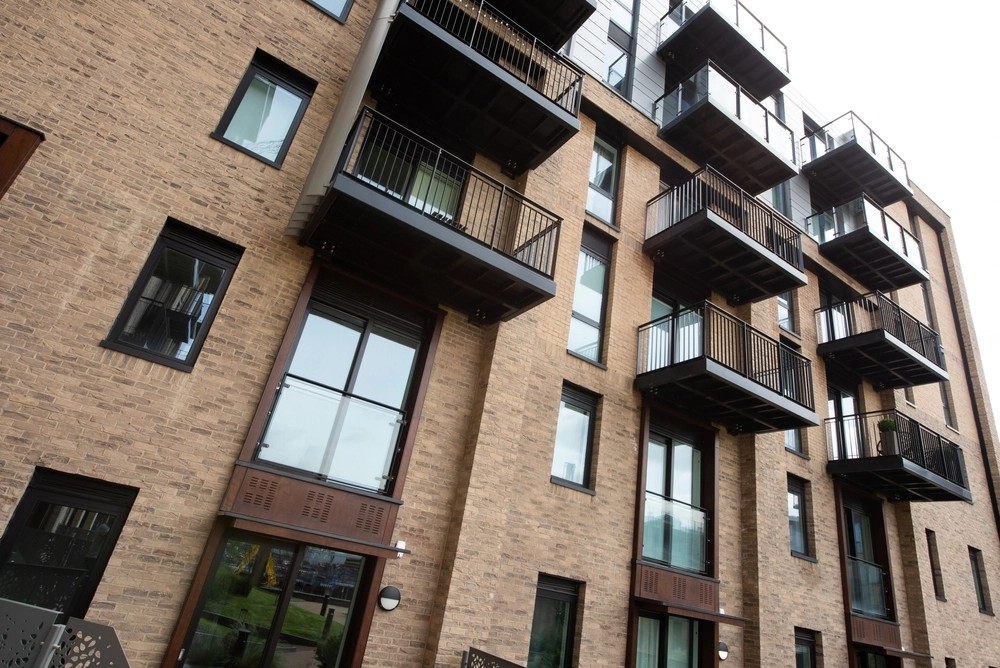
The requirement to deliver up vacant possession as a condition for a tenant break right is commonly seen in commercial property leases. This generally requires the tenant to return the property free from people, chattels and legal interests.
In Capitol Park Leeds Plc v. Global Radio Services Limited [2020] the High Court has provided further insight into what is meant by vacant possession. Global Radio Services Limited (the tenant) was seeking to exercise a break clause in respect of Sterling Court, Capitol Park, Topcliffe Lane, Tingley, Leeds (the premises) to terminate the lease on 12 November 2017. The break was conditional upon the tenant giving vacant possession of the premises on the break date. The premises were defined in the lease as including the landlord's fixtures and fittings.
Prior to the break date, the tenant stripped out a number of the fixtures and fittings which fell within the definition of the premises which included (amongst other things):
- Ceiling tiles
- Fire barriers
- Floor finishes
- Window sills
- Fan coils units and ventilation duct work
- Office lighting.
Whilst the tenant intended to reinstate the items before the break, works were halted during negotiations between the surveyors to agree the extent of dilapidations works required, and/or a financial settlement. However, no agreement was reached, and the tenant handed back the keys on the break date without reinstating the premises (as defined).
The arguments
The landlord argued that the tenant had not complied with the vacant possession condition, as the premises had not been handed back in accordance with the strict terms of the lease. The tenant argued that it had satisfied the condition and proposed that the landlord was estopped from relying on any breach of this condition based on the previous agreement between the surveyors to pause work at the premises.
The decision
The court quickly decided that the tenant could not rely on the estoppel argument. The evidence did not establish that agreement between the respective surveyors was ever reached.
It was further held that the premises had not been delivered up with vacant possession. In agreeing with the landlord, the judge considered the tests set out in Cumberland Consolidated Holdings Limited v Ireland [1946] to determine whether vacant possession had been given and concluded that "the physical condition of the Property was such that there is a substantial impediment to the Landlord's use of the Property, or a substantial part of it".
In light of this, the premises had not been delivered up with vacant possession and the break was ineffective. In the judge's words, the premises were left "an empty shell of a building which was dysfunctional and unoccupiable." As a result,the tenant did not satisfy the break condition and the lease would continue until its expiry date in 2025.
Permission to appeal has been granted. As such, this might not be the end of the story. The Court of Appeal might well be persuaded to take a different view on the interpretation of vacant possession especially given the impact of the decision on the tenant.
Practical considerations
Failing to exercise a break will have severe implications for a tenant in terms of ongoing liability for rents and service charges in accordance with the lease terms. If the tenant has no use for the property, it will be forced to consider other options to assign or sublet property to mitigate liability.
When considering a break, it is always necessary to start with the wording of the break conditions in the lease (which will usually be interpreted strictly against the tenant). This judgment provides further clarification as to how a court will interpret "vacant possession" and demonstrates the fine line between leaving a property empty of people, chattels and goods and undertaking extensive works which render the property incapable of use and/or enjoyment by the landlord.
With that in mind, it is essential to take early advice as to the nature of any break conditions, and the scope of works required to give vacant possession. Indeed, tenants should always be alert to the traps set by (some) landlords.












